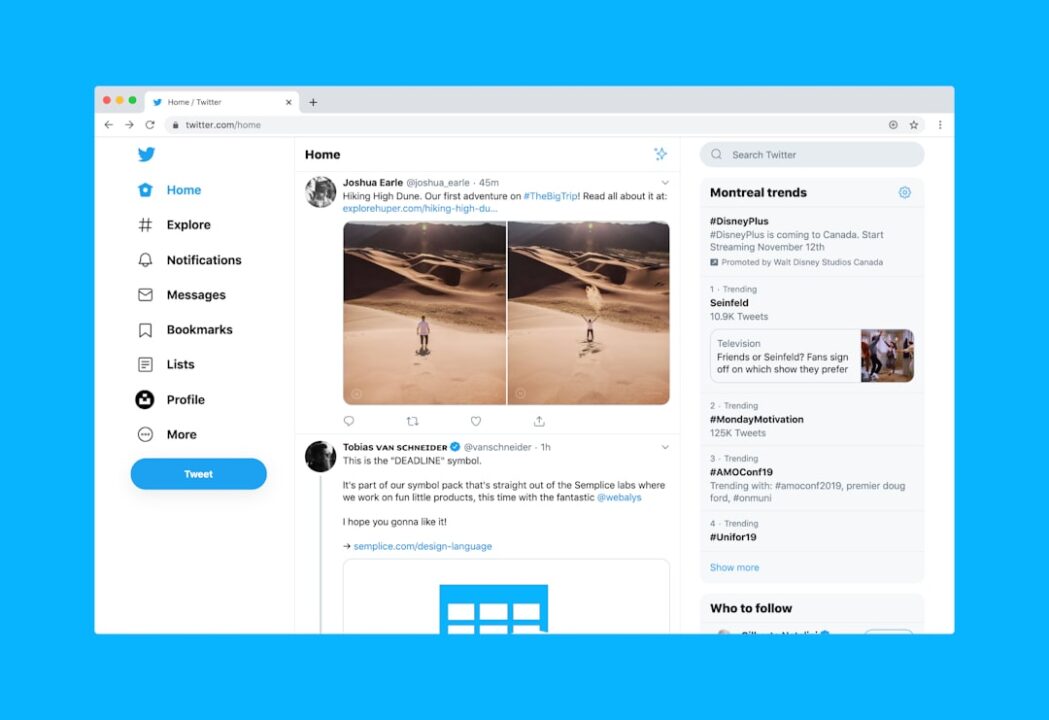|
IN BRIEF
|
June 6 is a date that can be of particular importance depending on your professional context. Whether you are employed, self-employed or looking for work, knowing if you are working that day can influence your organization and your time management. In this article, we offer simple tips for quickly determining whether you’re on duty that day, while considering the implications this may have on your schedule and work-life balance.
June 6 is a date that regularly raises questions about its nature: is it a working day or not? Whether you are an employee, employer or simply curious, this article will help you quickly determine if you are working that day. By examining the different geographic and professional contexts as well as possible exceptions, you will have all the keys to adjust your planning accordingly.
Know the legislation in force
To find out if you are working on June 6, it is essential to inform yourself about the legislation in force in your country of residence. In France, for example, some public holidays are national, while others may vary depending on the region and the collective agreements of each professional sector.
National holidays
In France, ten days are officially recognized as national holidays, including the National Day on July 14 and Armistice Day on November 11. However, June 6 is not directly mentioned among these holidays. Find out the list of public holidays in your country to see if June 6 is one of them.
Case of collective agreements
It is also crucial to consult your collective agreement, which may include days off specific to your industry. Certain professions may benefit from additional public holidays or special arrangements for June 6. For example, collective agreements for construction or metal workers can vary considerably.
June 6th around the world
It is interesting to note that some dates have different meanings in different countries. Thus, June 6 has a particular resonance in certain historical and cultural contexts, potentially influencing its status as a public holiday.
The United States and D-Day
In the United States, June 6 is known as June 6th. D-Day, marking the landing of Allied forces in Normandy during World War II. Although this date is historically significant, it is not recognized as a national holiday, and Americans usually work on this day.
Europe and specific holidays
In Europe, public holidays may vary from country to country. For example, in Germany, each state can decide on its own public holidays in addition to national ones. It is therefore possible that some German workers will have a day off on June 6 depending on their region of residence.
Particularities according to professional sectors
Some professional sectors have specific rules regarding public holidays and non-working days. It is therefore essential to know the particularities of your sector to know if you are working on June 6.
The public sector
In the public sector, the rules regarding public holidays are often stricter and standardized. Employees of public administrations, educational establishments or social services may benefit from additional public holidays compared to the private sector.
The private sector
The private sector, on the other hand, may have greater flexibility regarding public holidays. However, this often depends on collective agreements or internal company policies. For example, some companies may offer additional holidays or paid days off for specific events.
| Criteria | Answer |
| Work | Yes / No |
| Type of work | Office / Field / Teleworking |
| Working hours | Full time / Part time |
| Planned activity | Meeting / Project / Other |
| Impact on leave | Recovery / No impact |
| Availability of colleagues | Present / Absent |
| Other commitments | Yes / No |
| Labor emergency | Yes / No |
| Personal feeling | Motivated / Demoralized |
- Yes – Check your calendar
- No – Enjoy your day
- Partially – Organize your tasks
- Teleworking – Confirm your schedules
- With a colleague – Schedule a meeting
- On leave – Enjoy your free time
- On a mission – Follow the instructions
- Training – Find the necessary resources
What are the rights of employees?
Knowing your rights as an employee is crucial to knowing if you can benefit from a day off on June 6. Rights may vary depending on your employment contract and collective agreements in force in your company.
Paid days off
Most employees are entitled to a certain number of paid days off per year. It is possible to use these days to take a day off on June 6 if it is not an official holiday. Consult your employer or your collective agreement to find out the terms of application.
RTT days
Reduction of Working Hours (RTT) days are another option to benefit from an additional day of rest. If you accumulate overtime, you can use them to take your RTT on June 6.
How to plan your day?
Once you’ve determined whether you’ll be working on June 6, it’s time to plan your day. Whether it is a day of work or rest, good organization will allow you to take full advantage of this day.
Organize a productive work day
If you have to work on June 6, make sure you organize your day well to stay productive. Start by making a priority task list and set clear goals. Plan regular breaks to avoid fatigue and maintain your concentration.
Enjoy a day off
If June 6 is a day of rest for you, take advantage of it to relax and recharge your batteries. You can organize a family outing, practice an outdoor activity or simply relax at home. Don’t underestimate the importance of rest for your overall well-being.
Other ways to check
There are several other ways to check if you are working on June 6. Among these, consultation of your employment contract, your company’s internal charters, and even mobile applications dedicated to calendar management.
Consult your employment contract
Your employment contract may include specific information about public holidays and days off. Read it again carefully to check whether June 6 is mentioned as a non-working day or not.
Use mobile apps
There are mobile apps that can help you manage your work schedule and remind you about holidays. Some of these applications even allow synchronization with national and professional calendars for optimal planning.
What recourse in the event of disagreement?
It may happen that you disagree with your employer on whether June 6 was worked or not. In this case, it is important to know your options to assert your rights.
Consult staff representatives
Staff representatives are there to assist you in the event of a conflict with your employer. They can help you understand your rights and take steps to resolve the problem.
Call a specialist lawyer
If the disagreement persists, it may be wise to consult an employment lawyer. He will be able to advise you and, if necessary, take legal action to assert your rights.
Conclusion of information
Knowing if you are working on June 6 requires taking into account several factors, such as national legislation, collective agreements and the particularities of your professional sector. By informing yourself correctly and using the right tools, you can quickly determine whether you need to work that day or not. Whether it’s a day of work or rest, good organization will allow you to get the most out of your day.
A: You can check your schedule or contact your manager to confirm if you are scheduled that day.
A: Check your company announcements or internal communication channels to be informed of possible schedule changes.
A: Please feel free to ask your team or HR department for clarification.
A: June 6 could be a special date for your business or contain important events requiring your presence.
A: View your shared calendar or any project management application your organization uses for instant access to your schedule.





